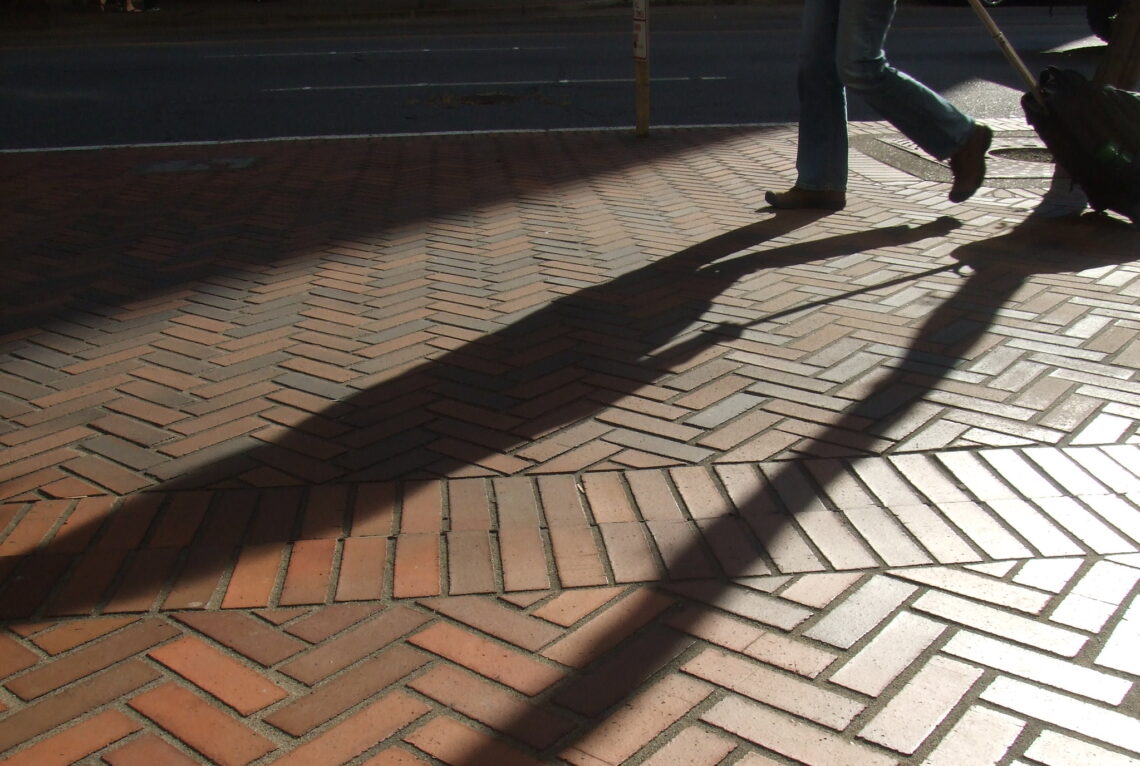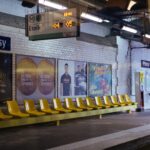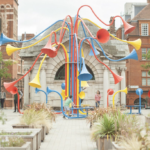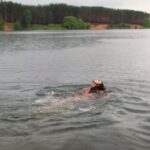Western culture has prioritised visuality above other human senses and geography has not escaped this concept of ocularcentrism (Rose, 2003). While other senses have in recent decades gained more attention, a sensory hierarchy within geography still largely persists (Smith, 1997). Here I explore how using sonic methods can reveal alternative experiences of place and the challenge that visual methods should not be the default approach for geographical research.
While vision is at the top of this socially and culturally constructed sensory hierarchy, this is not universal and cultural variations exist (Hutmacher, 2019). Listening walks are designed to enable researchers to gain insights into the sound environments experienced (Schafer, 1994; Gallagher & Prior, 2017). They involve walking whilst actively listening and noting, not just the sounds heard, but their aesthetic qualities, and impacts these evoke (Gallagher & Prior, 2017). Interestingly a listening walk can elicit unexpected emotional responses and can connect participants more closely to the more-than-human world (Gallagher & Prior, 2017).
One afternoon I stopped and rested on a bench. I closed my eyes and I questioned if removing my vision would really change how I experienced sound in this unfamiliar location. Smith (1997) suggests using sonic methods may construct alternative geographies that differ from those experienced visually. Relying solely on visual methods may therefore limit our understanding of how people experience place. I sat with my eyes closed for 5 minutes and listened intently. Afterwards I noted the details of what I had heard, felt, and thought. I then repeated for another 5 minutes, this time with my eyes open.
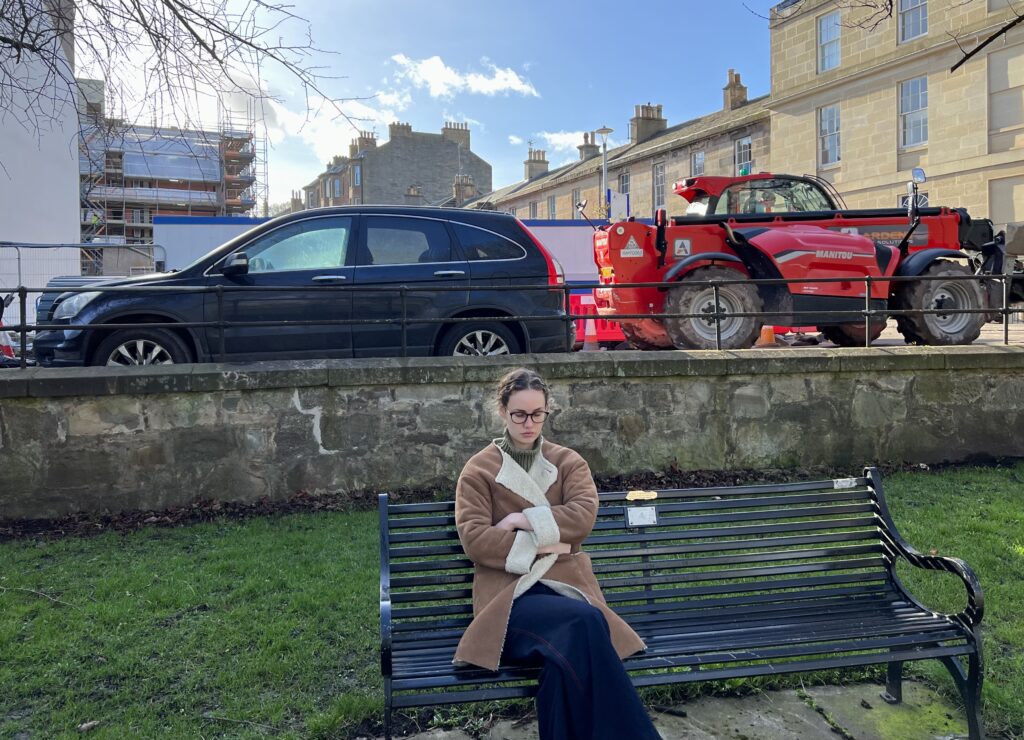
Listening without sight changed my perception. I could not rely on vision to identify or confirm the source or location of sounds. I was surprised by my emotional responses. Sounds I must have previously habituated to, e.g. the sound of heavy machinery and construction noise, rapidly became intrusive and the perceived proximity felt overwhelming. This feeling dissipated immediately on opening my eyes. I felt comfortable, the sounds lost prominence and rapidly melted into the background. Similarly the normally innocuous, overlooked sound of suitcase wheels rolling over ground changed. I could hear them approach from a distance, growing increasingly irritating, louder and richer until it reverberated around me. I was frustrated not knowing its direction or how close it was. The crescendo of scraping wheels merged with the messy symphony of other encroaching, overlapping sound layers. This triggered a desperate urge to open my eyes as I felt unaccustomedly exposed.
I had not previously noticed the complexity and chaotic nature of my sonic environment nor how much I relied on vision to reassure and contextualise sounds in an unfamiliar place. This showed that while sounds can be habituated to in one context, and so ignored, in a different context they are altered (Gallagher & Prior, 2014). It illustrates how sonic methods generate different types of knowledge and the importance of recognising that our experience of the environment is not a uni-sensory one and understanding individual modalities and their interactions is critical.
Words Count: 500
References:
